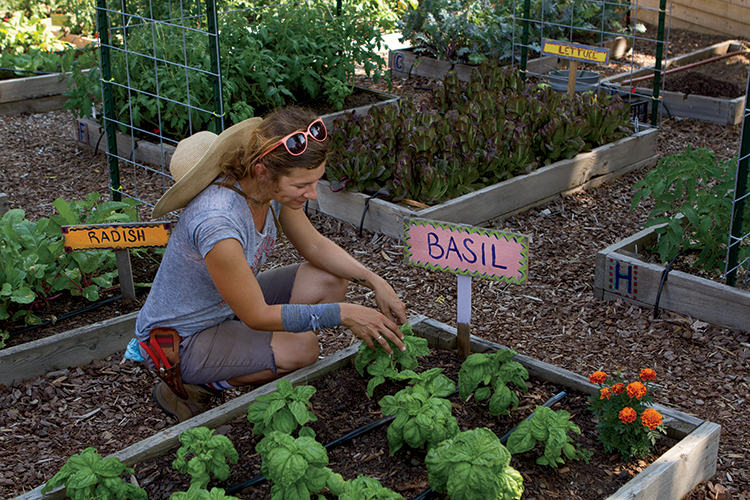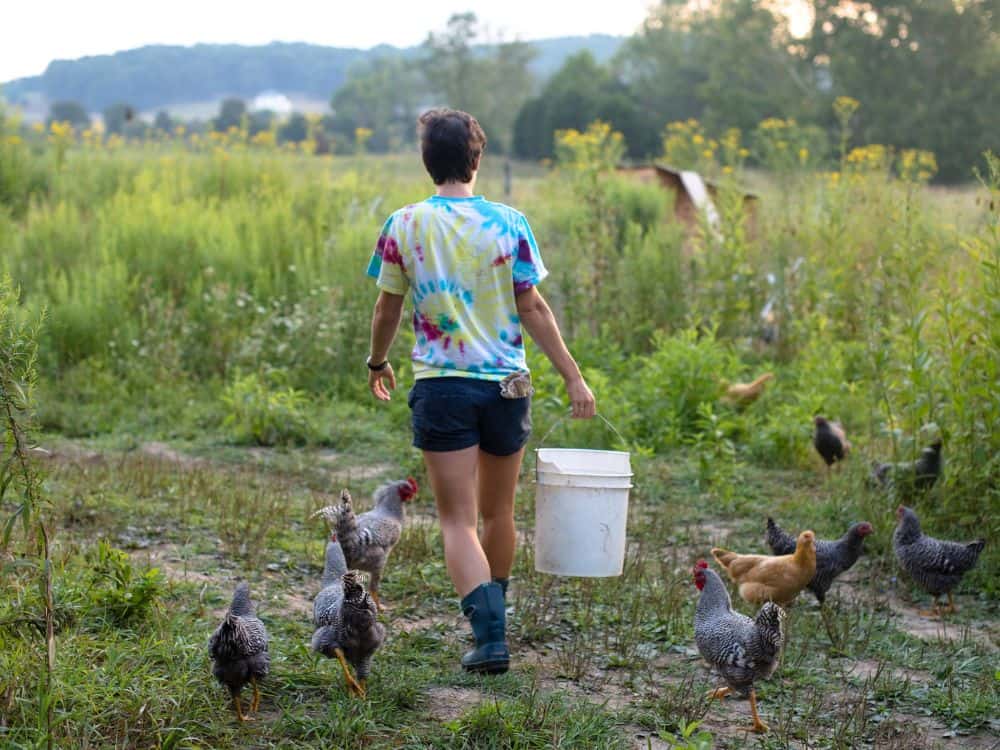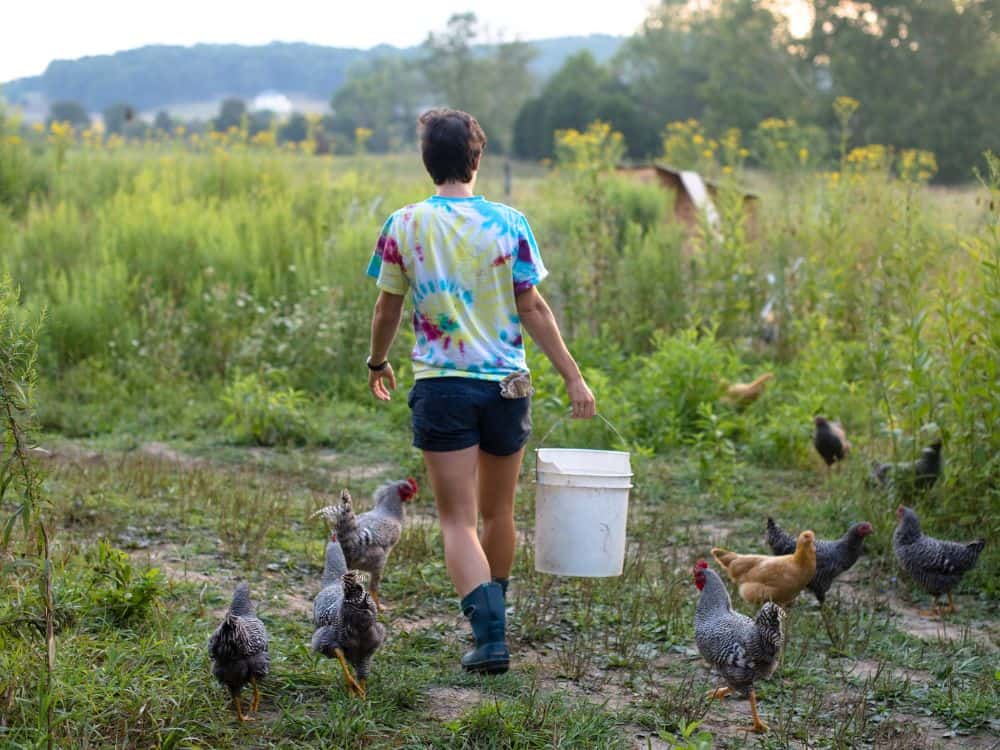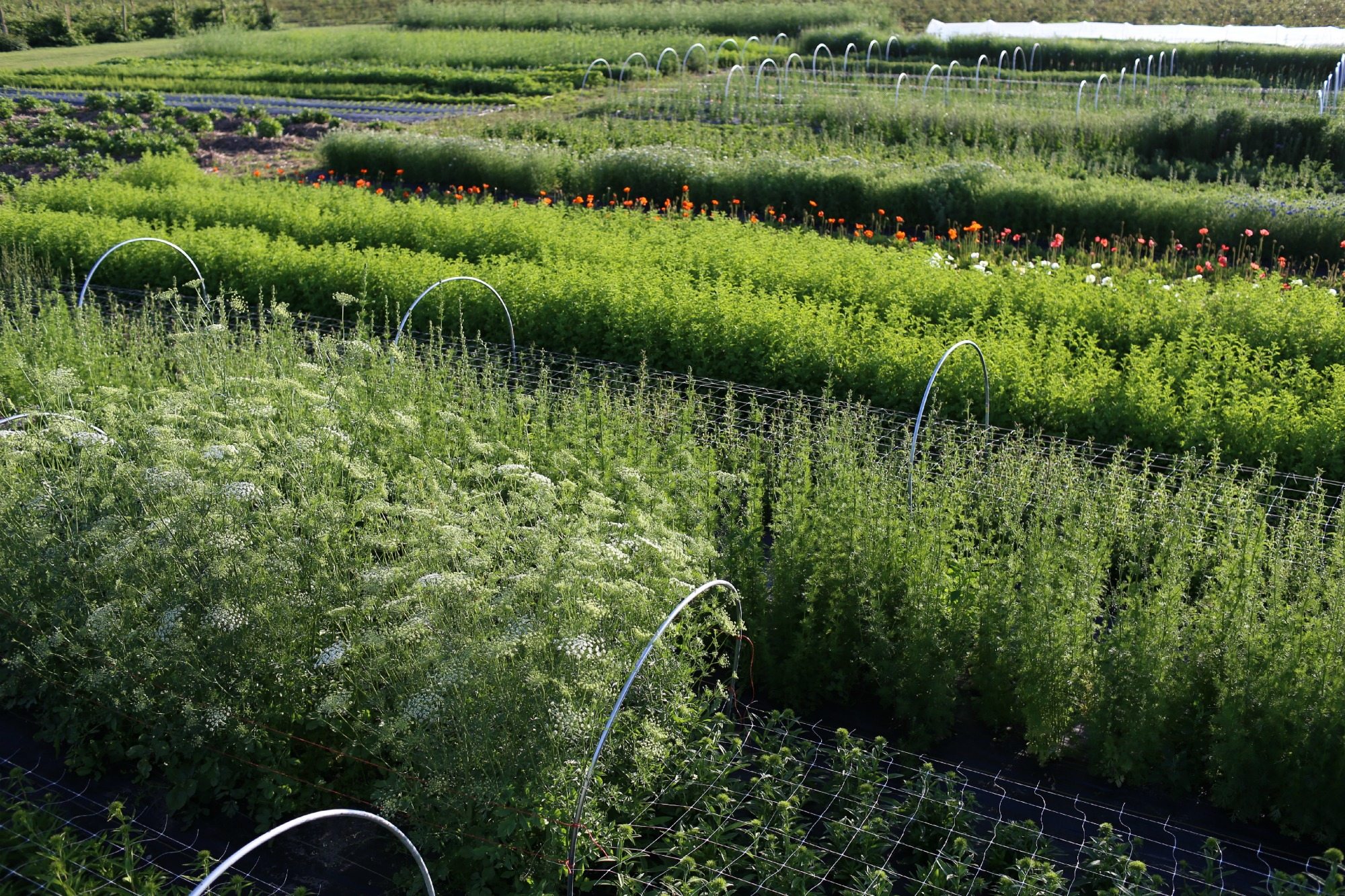How Much Garden Space Do You Need to Grow Enough Food for a Family of Four?
A well-planned and maintained garden can provide a considerable amount of fresh, nutritious produce for your family. But how much space do you need to grow enough food for an entire year for a family of four? This blog post will explore the considerations and techniques for maximizing your garden space to support your family’s dietary needs.
Factors to Consider
1. Dietary Preferences
Your family members’ dietary preferences and needs will be a significant factor in determining the size of your garden. Vegetarians or vegans will need proportionally more space for fruits and vegetables, while households that consume meat and dairy products might rely less on the garden for sustenance.
2. Growing Season
The length of your growing season plays a key role in determining how much garden space you need. In warmer climates with longer growing seasons, a smaller garden can produce more crops. Conversely, in colder regions with shorter growing seasons, a larger space is necessary to achieve the same yield.
3. Crop Selection and Rotation
Choosing high-yield, nutritious crops is essential to maximize your garden’s output. Consider rotating your crops to replenish soil nutrients and prevent diseases. Some great choices include tomatoes, peppers, beans, peas, kale, and spinach. Diversifying your crop selections also ensures you have a variety of nutrient-dense foods.
Space Estimate for a Family of Four
A common guideline for vegetable production is that 200 square feet per person can provide enough vegetables for the year. However, this can vary depending on several factors like gardening techniques, main crops, and desired variety. For a family of four, this would equate to an 800-square-foot garden space.
Maximizing Your Garden Space
There are several smart techniques to make the most of your garden space:
1. Vertical Gardening: Climbing plants like beans, peas, and cucumbers can save space by growing upwards with trellises or cages.
2. Intercropping: Planting crops with different growth patterns, such as lettuce and radishes, together means you can have multiple harvests from the same plot.
3. Succession Planting: Replacing harvested crops with new ones allows you to make the most of your garden space throughout the growing season.
4. Square Foot Gardening: This method requires less space, as plants are grown more closely together than in a traditional garden.
5. Container Gardening: If you have limited space, growing plants in containers on balconies or patios can offer additional growing options.
Remember, regular maintenance of your garden – including watering, weeding, and pest control – is necessary for robust and healthy yields.
While an 800-square-foot garden can provide a significant portion of a family’s annual produce needs, it’s essential to keep realistic expectations. It’s unlikely that your garden will be the sole source of food for your family. Still, it can undoubtedly supplement your diet with fresh, healthy, and delicious fruits and vegetables. With careful planning and practice, you’ll soon be able to achieve an impressive harvest to support your family’s nutritional needs all year round.











